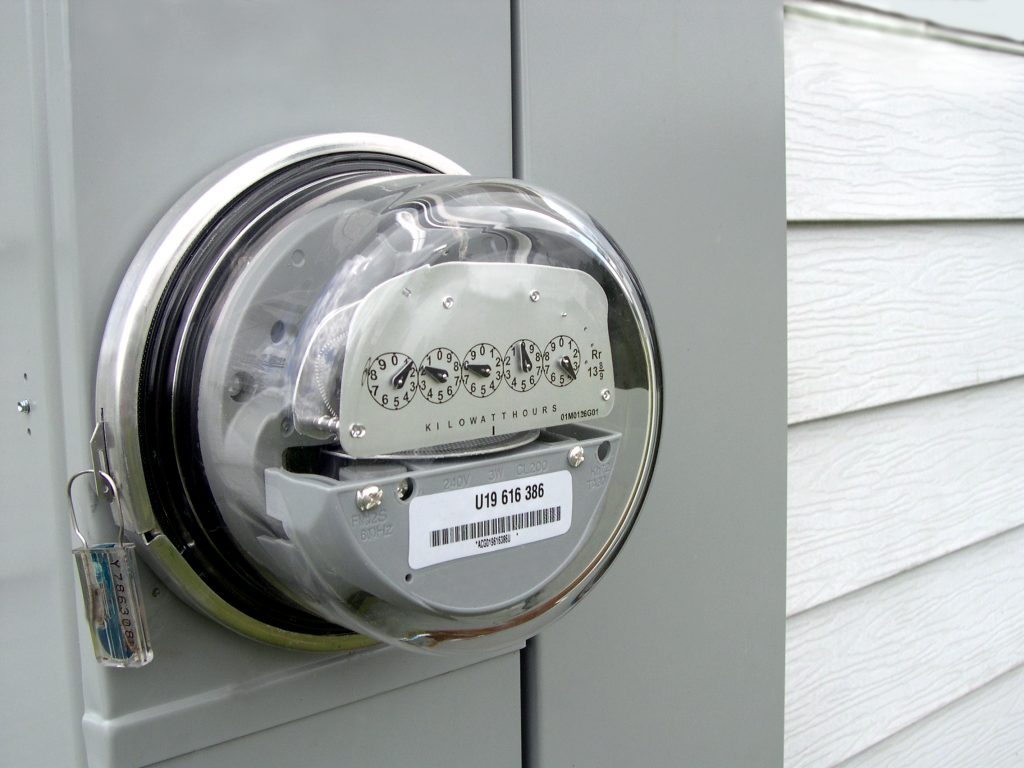Net Energy Metering (NEM) 3.0 has brought new opportunities for California residents to continue saving on their energy bills, even surpassing the benefits of NEM 2.0. This article highlights the advantages of NEM 3.0, particularly when paired with battery storage, and compares the potential savings under NEM 3.0 with a battery to NEM 2.0 without a battery.
Transitioning to NEM 3.0: Under NEM 3.0, California homeowners can still benefit from the excess energy generated by their solar systems, which is exported to the grid. However, there are notable differences and additional advantages compared to the previous NEM 2.0 program:
- Time-of-Use (TOU) Rates: NEM 3.0 introduces TOU rates, where electricity prices vary based on the time of day. This presents an opportunity for homeowners to strategically manage their energy consumption and maximize savings. By utilizing solar energy during high-priced peak hours and charging their batteries, residents can reduce the need to draw electricity from the grid during expensive periods.
- Market-Based Export Compensation: NEM 3.0 implements a market-based export compensation mechanism, which offers fair compensation for excess solar energy exported to the grid. This means homeowners can receive competitive rates for their exported electricity, further enhancing their savings.
- Expanded System Size Limit: NEM 3.0 removes the previous system size limitation of 1 MW. This allows homeowners to install larger solar systems, maximizing their potential energy generation and reducing reliance on the grid.
Savings Potential with Battery Storage under NEM 3.0: Pairing battery storage with solar panels under NEM 3.0 unlocks additional benefits, further increasing savings compared to NEM 2.0 without a battery. Here’s how:
- Energy Independence: With a battery, homeowners can store excess solar energy generated during the day for use during evenings or during power outages. This reduces reliance on the grid, providing greater energy independence and minimizing the need to purchase electricity during high-demand periods.
- Peak Shifting and Load Management: Batteries enable homeowners to shift their energy usage from high-priced peak hours to lower-priced off-peak hours. By charging the battery during periods of excess solar production and discharging it when electricity prices are high, residents can significantly reduce their energy costs.
- Backup Power During Grid Outages: Batteries provide a reliable backup power source during grid outages, ensuring continuous electricity supply for essential appliances and critical loads. This enhances peace of mind and eliminates the need for costly backup generators.
- Avoiding Time-of-Use Peak Rates: With a battery, homeowners can draw energy from the stored solar power during peak rate periods, avoiding high electricity prices. This can result in substantial savings compared to relying solely on grid electricity during peak hours.
Quantifying Savings: NEM 3.0 with Battery vs. NEM 2.0 without Battery: While savings can vary depending on individual energy usage patterns and system configurations, homeowners with a battery storage system under NEM 3.0 can typically achieve higher savings compared to NEM 2.0 without a battery. The precise difference in savings will depend on factors such as the battery capacity, solar system size, TOU rate structure, and energy consumption habits.
However, it is important to note that the upfront cost of installing a battery system should be considered when evaluating the overall financial benefits. While the initial investment may be higher, the long-term savings and added advantages make it a compelling option for many homeowners.










